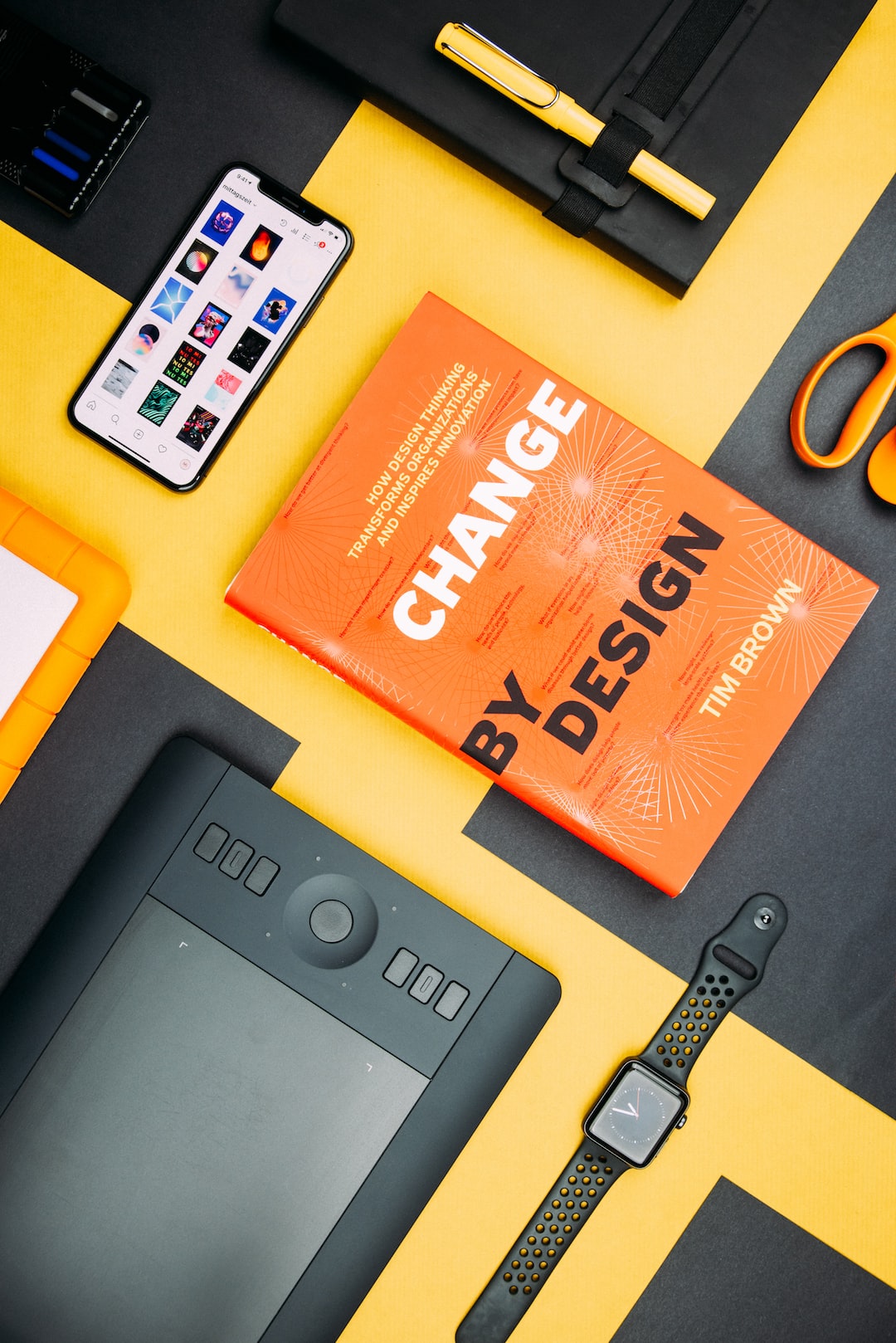Introduction
Animation has become a very important part of modern web design. Animation is the process of making images move, and it can be used to create a more engaging and interactive user experience. In this article, we will discuss how animation is used in modern web design and the various techniques and tools that are used to create animations.
Benefits of Animation
Animation is an effective way to draw the attention of website visitors and make them more interested in the content. It can also help to communicate complex ideas and concepts in a visually appealing way. Additionally, animation can be used to create a more interactive and engaging user experience, which can help to keep visitors on the site longer and encourage them to interact with the content.
Types of Animation
There are various types of animation that can be used in web design, such as 2D animation, 3D animation, motion graphics, and more. Each type of animation has its own set of advantages and drawbacks, so it is important to consider the type of animation that will best suit the needs of the project.
Animation Tools and Techniques
To create animation, designers can use a variety of tools and techniques. Popular tools for creating animation include Adobe After Effects, Adobe Animate, and Cinema 4D. Additionally, there are various coding languages, such as HTML5 and JavaScript, which can be used to create animations. Designers can also use animation libraries, such as GSAP and Velocity, to create complex animations.
Using Animation in Web Design
When using animation in web design, it is important to ensure that it is used in a tasteful and appropriate way. Animation should be used to emphasize important content and improve the user experience, not distract or overwhelm the user. Additionally, animations should be tested on multiple devices and browsers to ensure that they are functioning properly.
Animations Add Depth to User Experience
Websites have come a long way from their static origins. Animation has become an important part of modern web design, providing an extra layer of depth to the overall user experience.
Animations provide visual feedback to users in a variety of ways.  For example, adding a menu animation when the user hovers over an icon can indicate that more options are available. Animations can also alert users to changes in content or draw attention to particular sections of the website.
For example, adding a menu animation when the user hovers over an icon can indicate that more options are available. Animations can also alert users to changes in content or draw attention to particular sections of the website.
When used correctly and sparingly, animations can be a great way to improve the user interface and provide positive reinforcement for users as they navigate through a website. In many cases, animations can also help make complex processes easier to understand by breaking them down into smaller steps.
Providing Context with Animations
Animations can also be used to provide context and communicate information in a more efficient and visually appealing manner. For instance, progress bars and loading animations can be used to indicate how far along a process is or how much further the user needs to go before completion.
These types of animations are particularly useful on mobile devices, where the small screen size can limit the amount of information that can be displayed at once. Animations can also be used to give users more control over page elements, allowing them to interact with the page in more meaningful ways.
Animation Trends in 2019
In 2019, we’re seeing more interactive and immersive animations being used in web design. Scrolling animations such as parallax scrolling and looping animations are gaining popularity, as they allow for a smoother transition between pages and create a more engaging experience for the user.
Another popular trend is the use of micro-interactions. These animations are used to provide feedback to users for specific actions they take, or to indicate when something has loaded or changed. Micro-interactions can be used to create more engaging experiences by providing users with immediate feedback and making interactions more intuitive.
We’re also seeing more animations being used to enhance storytelling. Animations can be used to bring characters and stories to life, and to create visuals that engage and captivate the user. This type of animation often utilizes motion graphics, which are used to create an emotional connection with the user and to make the content more memorable and impactful.
Balance is Key for Effective Animations
Creating a well-balanced website is essential for a successful user experience. While animations can add a lot of value to your site, you don’t want to overdo it. Too many animations can be distracting and overwhelming for users, so it’s important to be selective and judicious about which animations you decide to use.
A good rule of thumb is to use animations sparingly, and only include those that are necessary for the user interface. It’s also important to consider the context of the website and the needs of your users before introducing any animation. If an animation isn’t necessary, or if it doesn’t serve a purpose, then it shou
Animation has become an increasingly popular tool for modern web design, providing an engaging, interactive experience for users. Learn how animation can enhance your website’s design to create a more dynamic and immersive experience for visitors.


